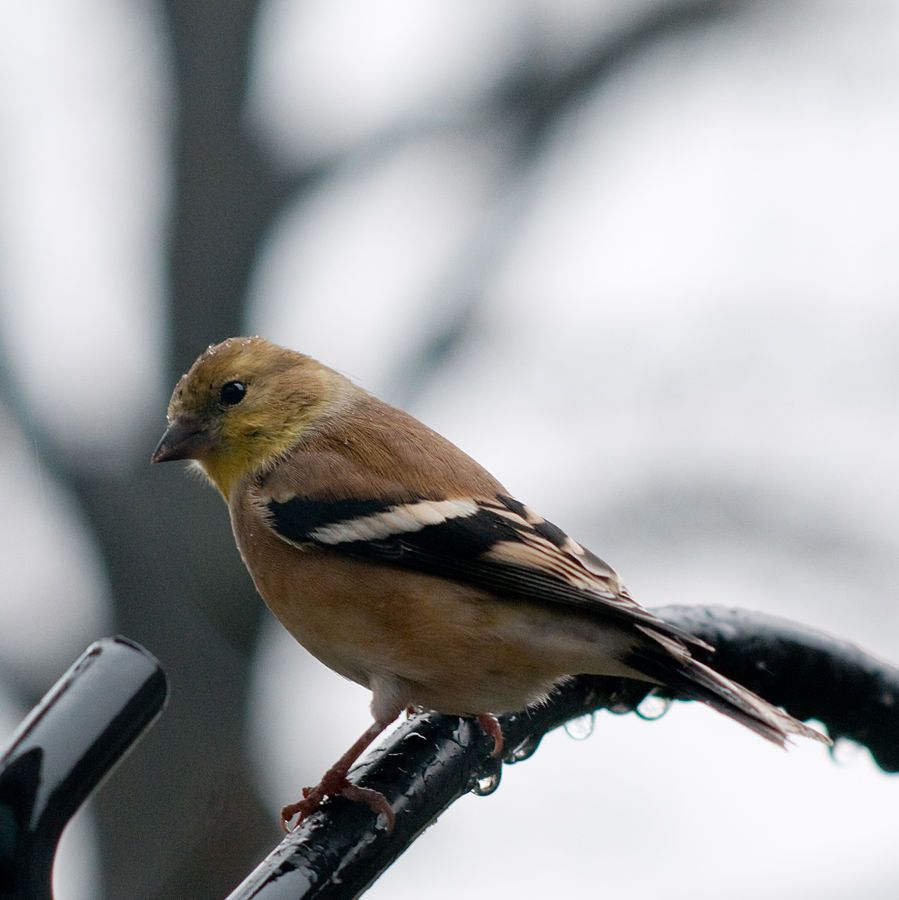Offer
Provide additional details about the offer you're running.
Provide additional details about the offer you're running.
Provide additional details about the offer you're running.

Feature Image By Nathan Siemers [CC BY-SA 2.0 (http://creativecommons.org/licenses/by-sa/2.0)], via Wikimedia Commons
BY actively watching your backyard birds over the past week or two you might have noticed some drastic changes to the plumage of your local birds as well. As we approach the fall migration period many species of birds will begin the molting process of regenerating all of their feathers. While this molting process usually happens twice a year for some species, this particular period will provide birds with a new set of feathers to get them through the winter months and aid them in their migration.
One particular species of bird in which the effects of the fall molting process are particularly evident is that of the American Goldfinch. Due to their bright yellow plumage, they are relatively easy to monitor as they transition from summer to fall and begin to gear up for winter.
At the beginning of September or in some cases, late August, these birds will lose all of their feathers and begin to grow a brand new set of feathers, but of a much less colourful hue. By October the American Goldfinches transition to non-breeding plumage is just about complete with only a few bright yellow feathers still identifiable. As the month of November approaches most American Goldfinches should be sporting completely new feathers and these feathers will only fade more in colour into December, before reversing in the spring breeding season.
As with most species of birds, the males typically sport the most colourful plumage throughout most of the year, and as fall progresses it becomes increasingly difficult to decipher the males from the females of the species.
High Quality Blend